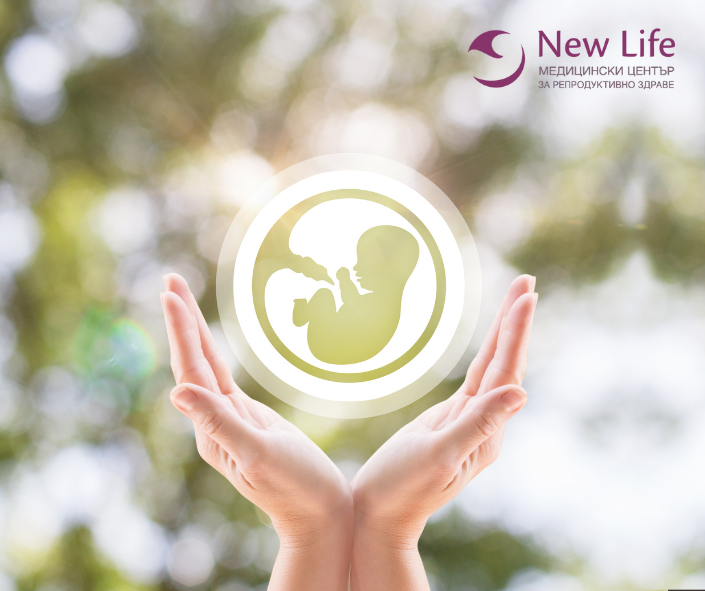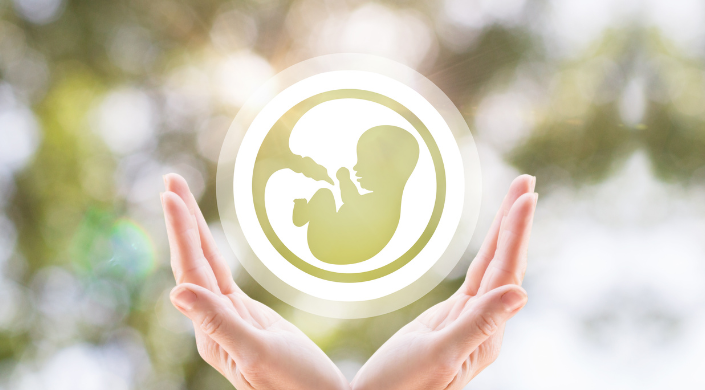The concept of the “implantation window” is pivotal in reproductive biology and fertility treatments. This period refers to the optimal time frame within a menstrual cycle when the endometrium (the lining of the uterus) is receptive to an embryo, enabling successful implantation and subsequent pregnancy. Understanding this window is essential for individuals and couples trying to conceive, as well as for medical professionals assisting in fertility treatments.
THE TIMING OF THE IMPLANTATION WINDOW
The implantation window typically occurs between days 19 and 21 of a regular 28-day menstrual cycle. This period is contingent on the precise synchronization between the embryo’s development and the endometrium’s readiness. Ovulation usually occurs around day 14, and the fertilized egg (now a blastocyst) travels through the fallopian tube to the uterus over the next 5 to 6 days. For implantation to be successful, the endometrium must be in a receptive state when the blastocyst arrives.
BIOLOGICAL MECHANISMS
The transformation of the endometrium into a receptive state is orchestrated by hormonal signals, primarily estrogen and progesterone. After ovulation, the corpus luteum (the remnant of the ovarian follicle) secretes progesterone, which induces a series of changes in the endometrial lining. These changes include increased blood flow, secretion of nutrients, and modifications in cellular structure, collectively referred to as endometrial receptivity. Specific biomarkers, such as the expression of proteins like integrins and mucins, signal that the endometrium is prepared to interact with the embryo.
CLINICAL SIGNIFICANCE
The concept of the implantation window has profound implications for fertility treatments such as in vitro fertilization (IVF). In IVF procedures, the timing of embryo transfer is meticulously planned to coincide with the recipient’s implantation window. Advances in reproductive medicine have led to the development of tests that assess endometrial receptivity, such as the Endometrial Receptivity Array (ERA). This test analyzes gene expression in the endometrium to pinpoint the exact timing of the implantation window, enhancing the chances of successful implantation and pregnancy.
FACTORS AFFECTING THE IMPLANTATION WINDOW
Several factors can influence the timing and quality of the implantation window. Hormonal imbalances, such as those seen in polycystic ovary syndrome (PCOS) or luteal phase defects, can disrupt the endometrial receptivity. Additionally, conditions like endometriosis or uterine fibroids can alter the uterine environment, making implantation more challenging. Lifestyle factors, including stress, diet, and exposure to toxins, also play a role in endometrial health and receptivity.
The implantation window is a critical phase in the journey to conception, representing a brief period when the endometrium is optimally prepared to receive an embryo. A thorough understanding of this window, coupled with advances in medical technology, can significantly improve the outcomes of fertility treatments. As research continues to uncover the intricate details of endometrial receptivity, the prospects for individuals and couples seeking to conceive will undoubtedly become brighter.
IN VITRO AND RECURRENT IMPLANTATION FAILURE: WHAT DO YOU NEED TO KNOW










